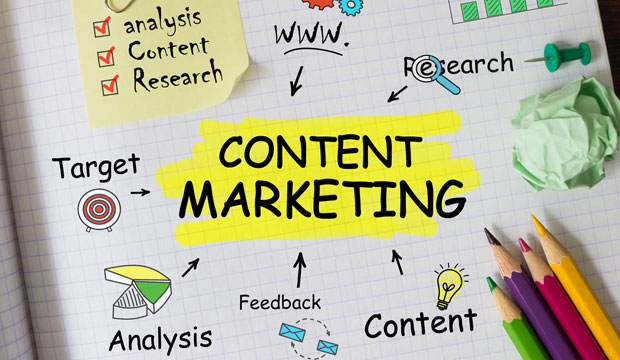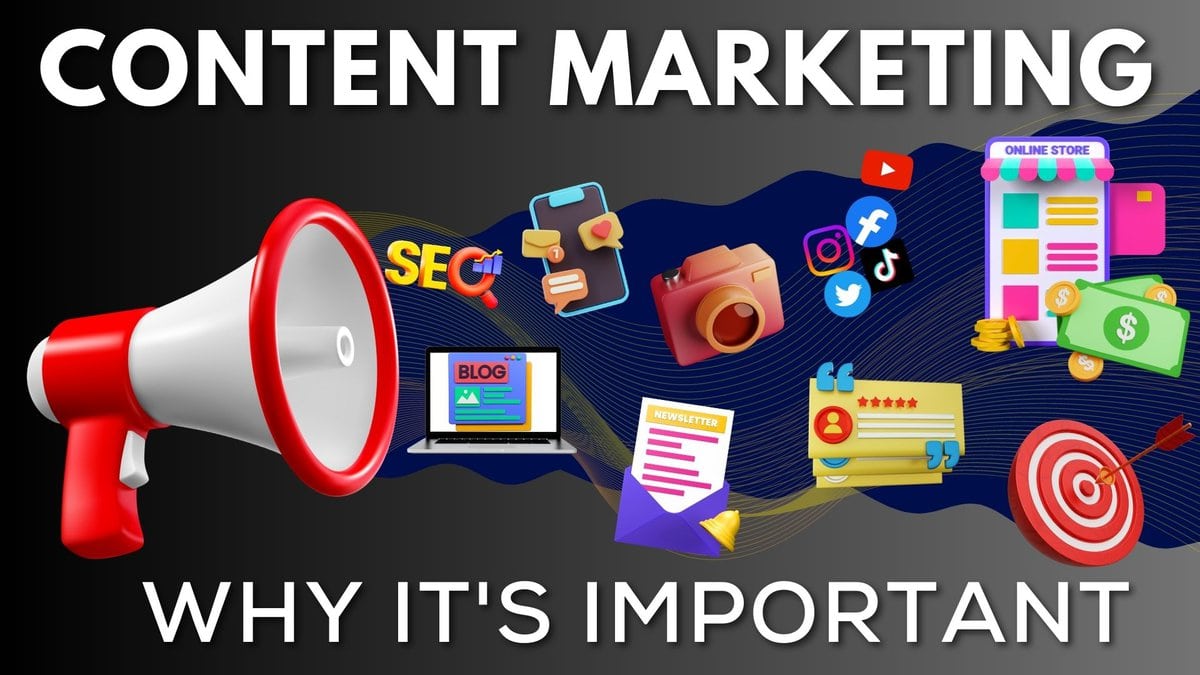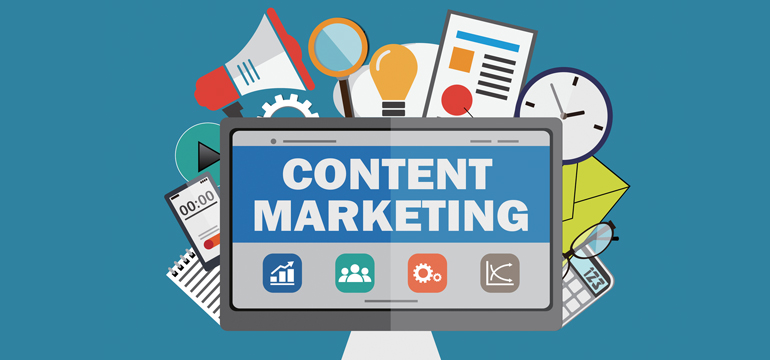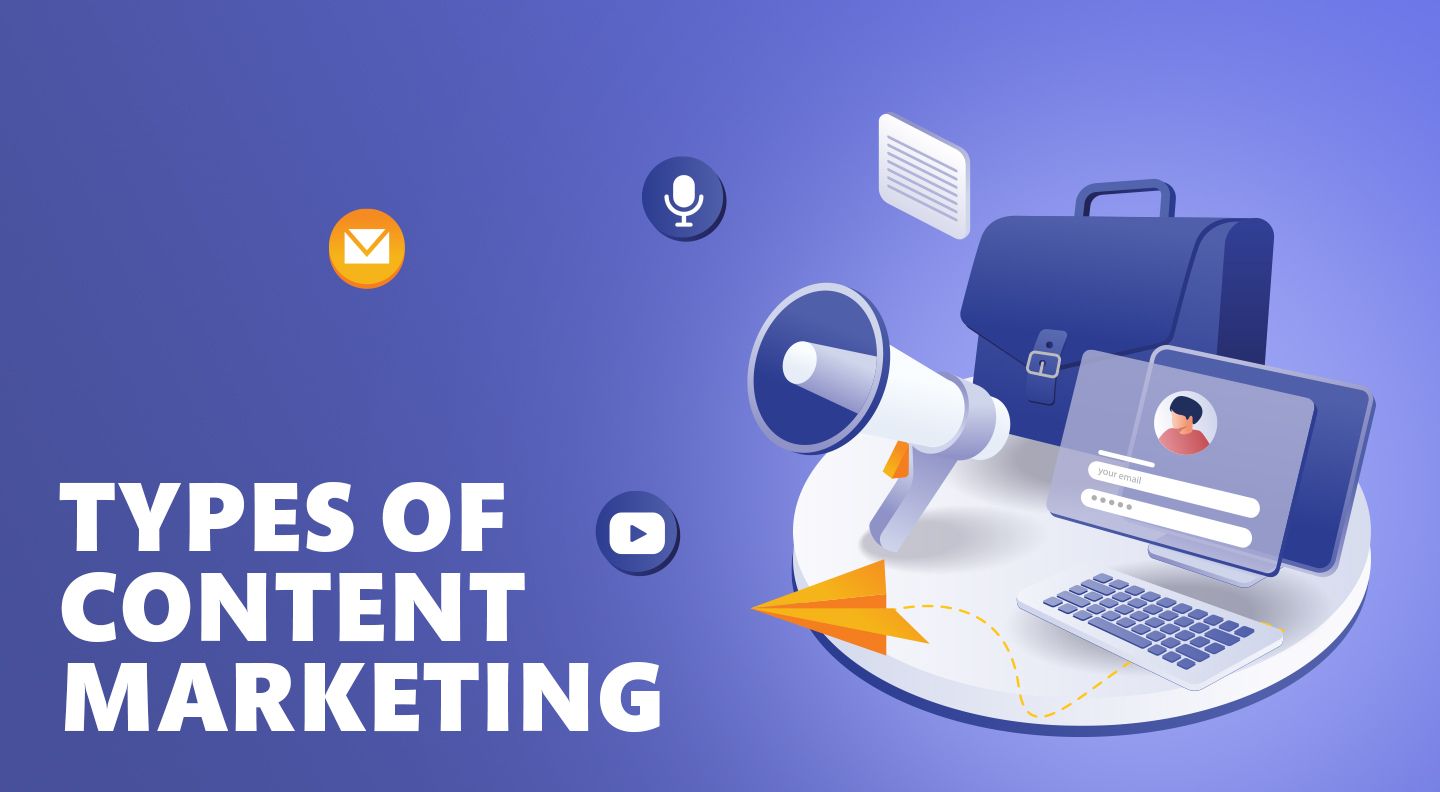In the fast-paced world of SaaS, understanding the types of content marketing is essential for driving engagement, generating leads, and establishing brand authority.
As businesses strive to connect with their target audience, leveraging a diverse range of content types can significantly enhance marketing efforts.
This article delves into the various types of content marketing, highlighting their importance and offering actionable insights for effective implementation.
What is Content Marketing?

Content marketing is a strategic approach focused on creating and distributing valuable, relevant content to attract and engage a clearly defined audience.
Unlike traditional marketing, which often pushes products onto consumers, content marketing aims to provide valuable information that meets the needs of potential customers. This method fosters trust and builds relationships, ultimately guiding prospects through the sales funnel.
Why is Content Marketing Important?

Content marketing is vital for several reasons:
- Builds Brand Awareness: Consistent, high-quality content increases visibility and helps establish a brand’s identity in a crowded marketplace.
- Enhances SEO: Including relevant keywords and producing original research can help businesses improve their search engine rankings, driving organic traffic to their websites.
- Generates Leads: Effective content serves as a powerful tool for lead generation, capturing interest and nurturing potential customers through the customer journey.
- Establishes Authority: Sharing insights and expertise helps companies position themselves as thought leaders in their industry, fostering trust among their audience.
Do You Need to Use Different Types of Content in Your Strategies?
Absolutely. Utilizing different types of content is important for engaging diverse audience segments at various stages of their journey. Different formats resonate with different preferences, and a well-rounded content strategy can cater to these varied needs.
How to Use Different Types of Content?

When you make content, it’s key to think about your target audience. What problems do they have? What do they want to learn? Once you understand their needs, you can create content that helps them. Make sure your content matches your business goals.
If your goal is to get leads, include calls to action in your content. These will prompt readers to find out more or sign up for your email list. Producing high-quality, useful content can help you gain trust. This will ultimately establish you as a thought leader in your field and boost your sales.
- Blog Posts: Blog posts are foundational to content marketing. They drive organic traffic through SEO optimization and provide a platform for sharing insights, tips, and industry trends. Regularly updated blog content keeps your audience informed and engaged.
- Video Content: Video content is increasingly popular, offering a dynamic way to convey information. It can simplify complex topics, making them more relatable and easier to understand. Platforms like YouTube and social media are essential for distributing this form of content.
- Infographics: Infographics combine visuals and text to present data and information concisely. They are highly shareable on social media, making them an effective tool for increasing social shares and enhancing brand visibility.
- Podcasts: Podcasts provide an accessible way to share knowledge and insights. They allow for deep dives into specific subjects, catering to audiences who prefer auditory learning. Regular podcast episodes can establish a loyal following.
- Email Newsletters: Email newsletters are a great way to maintain ongoing communication with your audience. They can include updates, tips, and links to new content, helping to nurture leads and keep your brand top-of-mind.
- White Papers: White papers are authoritative reports that address specific issues or topics. They are often used to showcase expertise and can be an effective lead generation tool when offered in exchange for contact information.
- Ebooks, Guides, and Reports: These comprehensive resources provide in-depth information on particular subjects. They can serve as valuable assets for educating your audience and establishing your brand as a trusted source of information.
- Webinars: Webinars offer live interaction opportunities, allowing for real-time engagement with your audience. They are effective for demonstrating products, answering questions, and providing valuable insights.
- Case Studies and Testimonials: Case studies and testimonials showcase real-life success stories, providing social proof that can influence potential customers. They highlight how your product or service has solved specific problems for clients.
- Social Media Content: Social media platforms are essential for distributing content and engaging with your audience. Regular posts, updates, and interactions can significantly enhance brand awareness and foster community.
- User-Generated Content: Encouraging users to create content related to your brand can enhance authenticity and trust. This form of content serves as social proof and can effectively engage your audience.
- Interactive Content: Interactive content, such as quizzes or polls, encourages audience participation. This engagement can lead to higher retention rates and a deeper connection with your brand.
- Press Releases: Press releases are useful for announcing new features, products, or company news. They can attract media attention and drive traffic to your website.
- Paid Advertising: Paid advertising can amplify your content marketing efforts. Utilizing targeted ads on social media or search engines can help reach specific demographics and drive traffic to your content.
- Influencers: Collaborating with influencers can extend your reach and lend credibility to your brand. Influencers can help promote your content to their established audiences, driving engagement and awareness.
Types of Content Marketing

Content marketing includes many types of content and ways to share it. With digital tools changing all the time, content marketing keeps learning and using new platforms and technologies. It uses words, stunning images, and interesting sounds to tell stories. The goal is to connect with your audience in a deep way.
Content marketing gives you many choices. You can write blog posts, share updates on social media, make videos, or produce podcasts. Using different types of content marketing helps you create a strong plan. This plan can connect with your target audience, build relationships, and lead to great results.
- Online Content Marketing: This encompasses all digital content types, including blogs, videos, and social media posts. It is essential for driving organic traffic and engaging online audiences.
- Social Media Content Marketing: Focused on creating and sharing content on social platforms, this type of marketing enhances brand visibility and fosters community engagement.
- Infographic Content Marketing: Infographics are a visually appealing way to present information. They can simplify complex data, making it more digestible for audiences.
- Blog Content Marketing: Blogging is a cornerstone of content marketing, providing a platform for sharing insights, driving traffic, and establishing authority.
- Podcast Content Marketing: Podcasts allow brands to connect with audiences through storytelling and discussion, offering a personal touch that can enhance engagement.
- Video Content Marketing: Video marketing is a powerful tool for capturing attention and conveying information quickly. It is particularly effective on social media and video-sharing platforms.
- Paid Ad Content Marketing: This involves using paid advertisements to promote content and reach targeted audiences. It can significantly enhance visibility and drive traffic.
Why Use Different Types of Content Marketing?
Using various types of content marketing allows businesses to:
- Engage Different Audiences: Different formats appeal to different audience segments, ensuring broader reach.
- Address Various Stages of the Sales Funnel: Tailoring content to different stages of the customer journey helps guide prospects from awareness to decision-making.
- Enhance Brand Visibility: A diverse content strategy increases the chances of being discovered across multiple platforms and formats.
How Does Content Marketing Work?

Content marketing is about creating and sharing valuable and useful information. It aims to attract and keep a specific group of people interested in your business. This is done by giving them relevant content that meets their needs and interests.
The process usually includes knowing your target audience, making a content strategy, writing good content, sharing it widely, and checking your results. Matching your content to the different stages a buyer goes through can help guide them toward making a purchase. This strategy takes time and aims to build trust and credibility with your audience.
- Top of the Funnel (TOFU): At this stage, the focus is on awareness. Content should educate and inform potential customers, attracting them to your brand.
- Middle of the Funnel (MOFU): Here, the goal is to nurture leads. Content should provide more in-depth information, addressing specific pain points and showcasing solutions.
- Bottom of the Funnel (BOFU): At this stage, content should facilitate decision-making. Case studies, testimonials, and product comparisons can help convert leads into customers.
How to Choose the Right Types of Content Marketing For Your Business?
Choosing the right type of content marketing for your business is very important. It can help you get a better return on your investment. Start by figuring out your business goals.
- Understand Your Target Audience: Knowing your audience’s preferences and behaviors is important. Tailor your content strategy to meet their needs and interests.
- Consider Your Resources and Capabilities: Assess your team’s strengths and available resources. Choose content types that align with your capabilities for effective execution.
- Align With Your Overall Marketing Goals: Ensure that your content strategy supports your broader marketing objectives. Each piece of content should contribute to your business goals.
10 Effective Types of Content Marketing Strategies

- Study Your Competitors: Analyzing competitors can provide insights into successful content strategies and help identify gaps in your own approach.
- Write Story-Driven Content: Storytelling can create emotional connections with your audience, making your content more relatable and engaging.
- Create Consistency: Consistency in content creation fosters trust and keeps your audience engaged. Develop a content calendar to maintain regular output.
- Promote User-Generated Content: Encouraging users to share their experiences can enhance authenticity and build community around your brand.
- Use Email Marketing: Email marketing remains a powerful tool for nurturing leads and maintaining engagement. Regular newsletters can keep your audience informed and connected.
- Apply SEO Optimization: Including SEO best practices into your content strategy can enhance visibility and drive organic traffic.
- Invest in Video Content: With the increasing popularity of video, investing in this format can significantly boost engagement and reach.
- Employ Interactive Content: Interactive content encourages participation and can lead to higher engagement rates.
- Host Webinars and Live Q&As: These events can provide valuable insights and foster real-time interaction with your audience.
- Create How-to Guides: How-to guides offer practical value, helping your audience solve specific problems and reinforcing your brand’s authority.
Content Marketing Examples

Successful content marketing examples include brands that effectively engage their audience through diverse content types. Companies that utilize blogs, videos, and social media to share valuable insights often see increased engagement and brand loyalty.
Here are some notable content marketing examples:
- Spotify’s Wrapped: This annual campaign showcases personalized user data, creating a buzz on social media and driving engagement.
- Duolingo TikTok: The language-learning app uses humor and relatable content to connect with younger audiences, making learning fun and shareable.
- Wendy’s Twitter: Known for its witty and engaging tweets, Wendy’s uses humor to interact with customers and promote its brand effectively.
- Salesforce’s Customer Stories: This campaign highlights real-life success stories from customers, showcasing the impact of their services and building trust.
- Buzzfeed’s Quizzes: Engaging and shareable, these quizzes draw users in and encourage social sharing, boosting brand visibility.
These examples illustrate how diverse content marketing strategies can effectively engage audiences and enhance brand awareness.
FAQ’s:
What Makes Content Marketing Effective?
Effective content marketing provides valuable information that meets the needs of the audience, builds trust, and encourages engagement.
How Often Should You Publish New Content?
Regularly publishing new content is essential for maintaining audience interest and improving SEO. Aim for a consistent schedule that aligns with your resources.
Can I Repurpose Content Across Different Formats?
Yes, repurposing content can maximize its value and reach. For example, a blog post can be transformed into a video or infographic.
What Are the Best Tools For Content Marketing?
Some of the best tools for content marketing include HubSpot for managing campaigns, WordPress for creating blogs, and Google Analytics for tracking performance. These tools help streamline your content creation and measure its impact effectively.
How Do You Measure the ROI of Content Marketing?
Measuring ROI involves tracking metrics such as traffic, engagement, lead generation, and conversions to assess the effectiveness of your content marketing efforts.
Conclusion
Understanding and implementing the different types of content marketing is important for SaaS companies aiming to enhance their marketing strategies. Leveraging a diverse content mix, businesses can engage their audience, generate leads, and establish authority in their industry. With a clear strategy and a focus on delivering valuable content, companies can navigate the competitive landscape and achieve their marketing goals.

